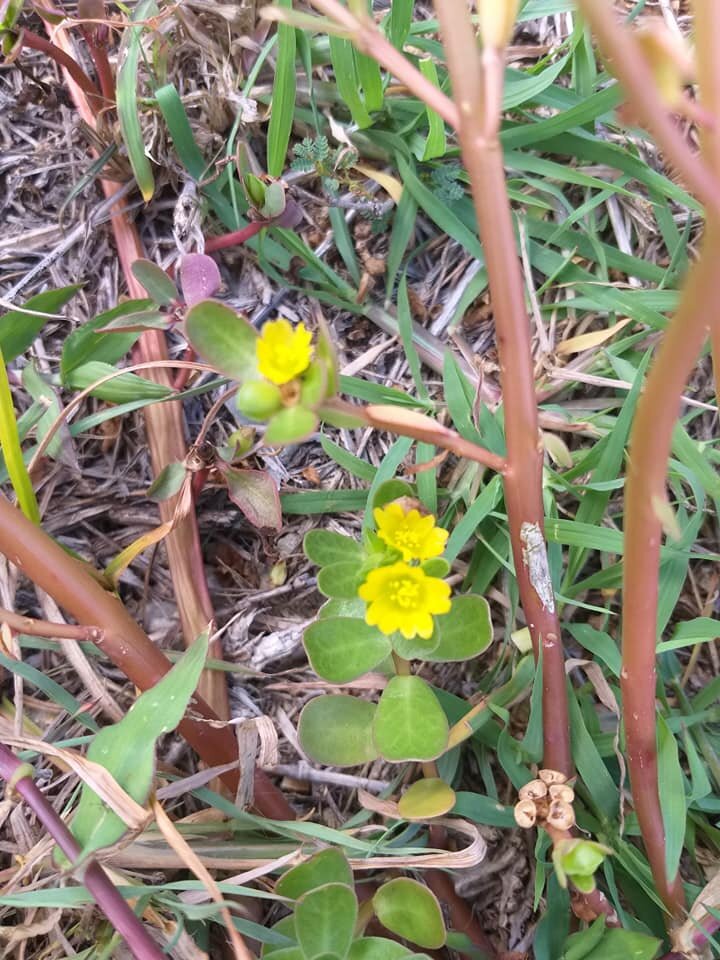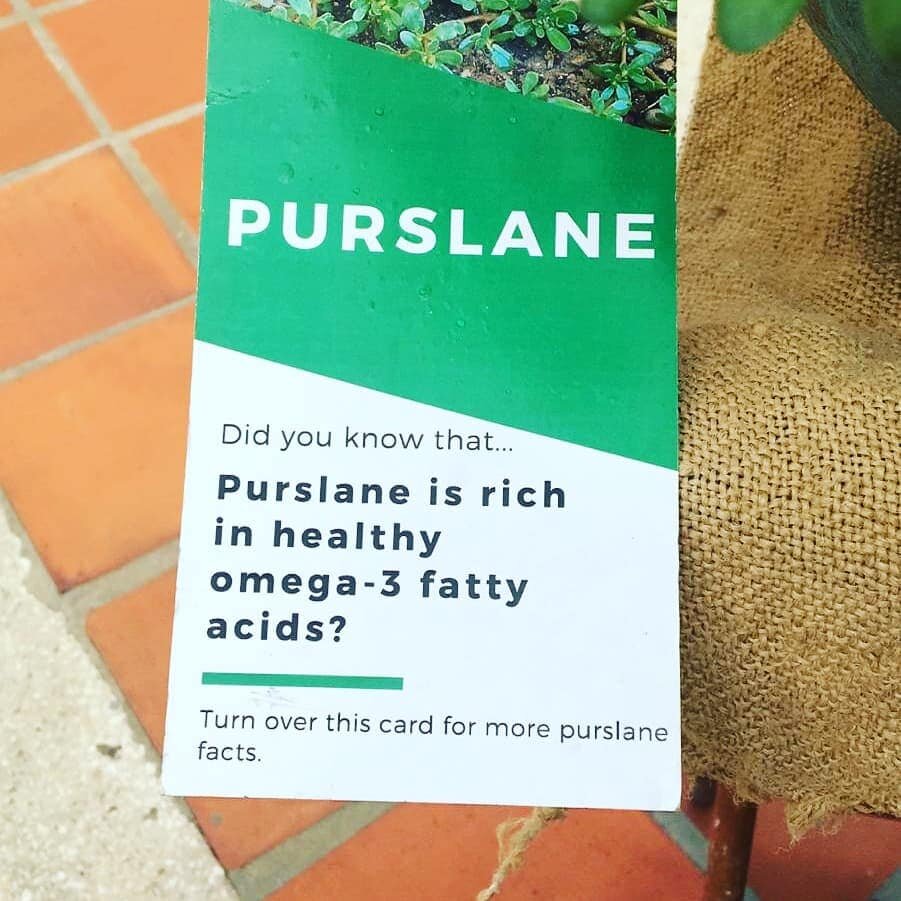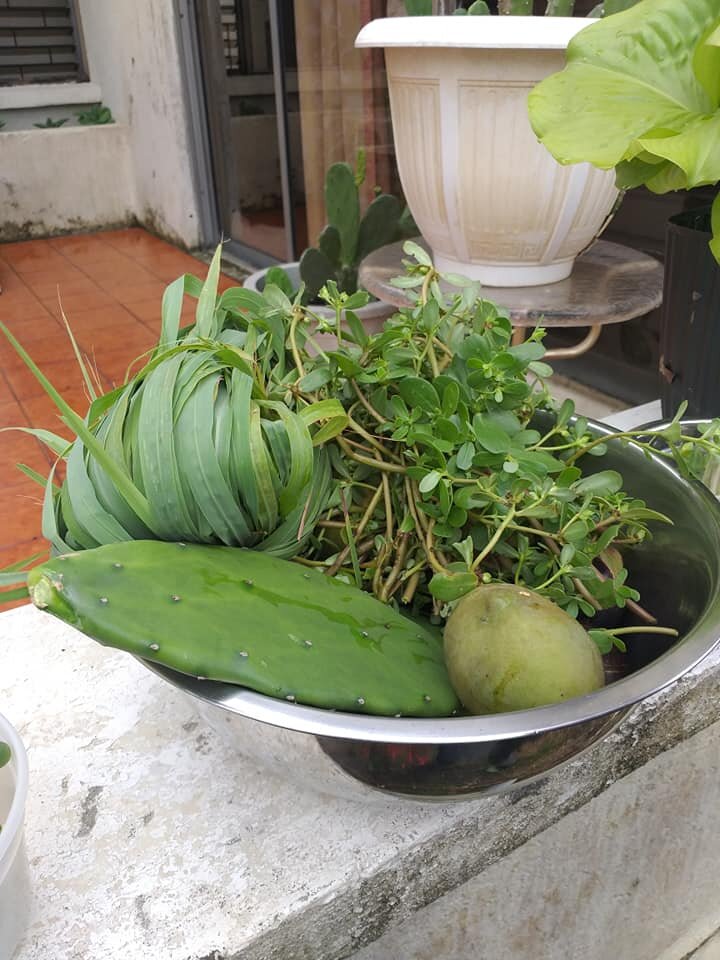Is Portulaca oleracea a Super food?
Some controversy surrounds the idea of ‘Super foods’. This is so because it is, currently, somewhat of an arbitrarily assigned classification with no standard available for the designation. Having said that, it is understood that the label applies to sources that are nutrient rich providing many of the biomolecules considered essential for good health. The problem is that there must be some quantitative benchmark for the assignment of a source as a super source of nutrition. Current research is showing that foods rich in antioxidants are good for suppressing disease at the cellular level and maybe these polyphenolic molecules could be one of the selected markers. Brightly coloured foods, containing anthocyanins and molecules such as lycopene and carotene are also being shown to be protective. In addition, fibre rich plant sources are good for gut health.
So what do we know about the plant commonly known as Purslane or Pussley in the Caribbean? This diminutive herb, considered native to India, grows widely in the Caribbean and can be found even growing around lawns and garages in Barbados. The small fleshy leaves have been assessed as being rich in omega-3 fatty acids (350 mg of alpha-linolenic acid per 100 g of fresh leaves), a good source of vitamins A and C (44% and 35% respectively of RDA per 100 g), an adequate source of minerals iron and magnesium (25% and 17% of RDA per 100 g respectively) and a healthy source of antioxidants. In addition, the cellulosic fibre content present in all plant material provides added value to the healthy profile.
This profile definitely demonstrates the value of this underutilized species and supports its inclusion in the diet. Its medicinal usefulness for sore throat is also worthy of note. Purslane / Pussley can be used as a vegetable, in soups and breads. Should we designate this plant as a Superfood?




